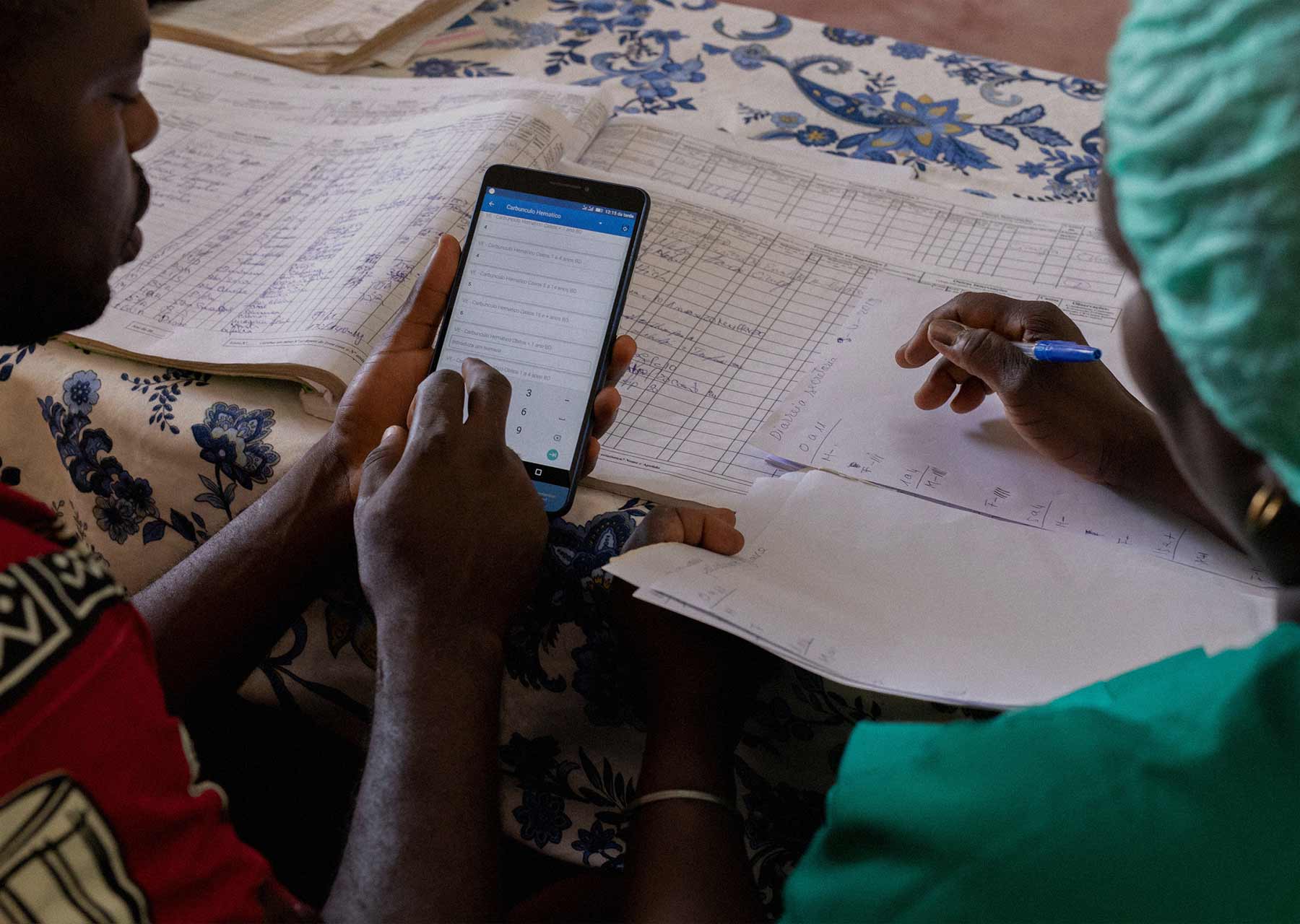
The details
Growing
wealth gap
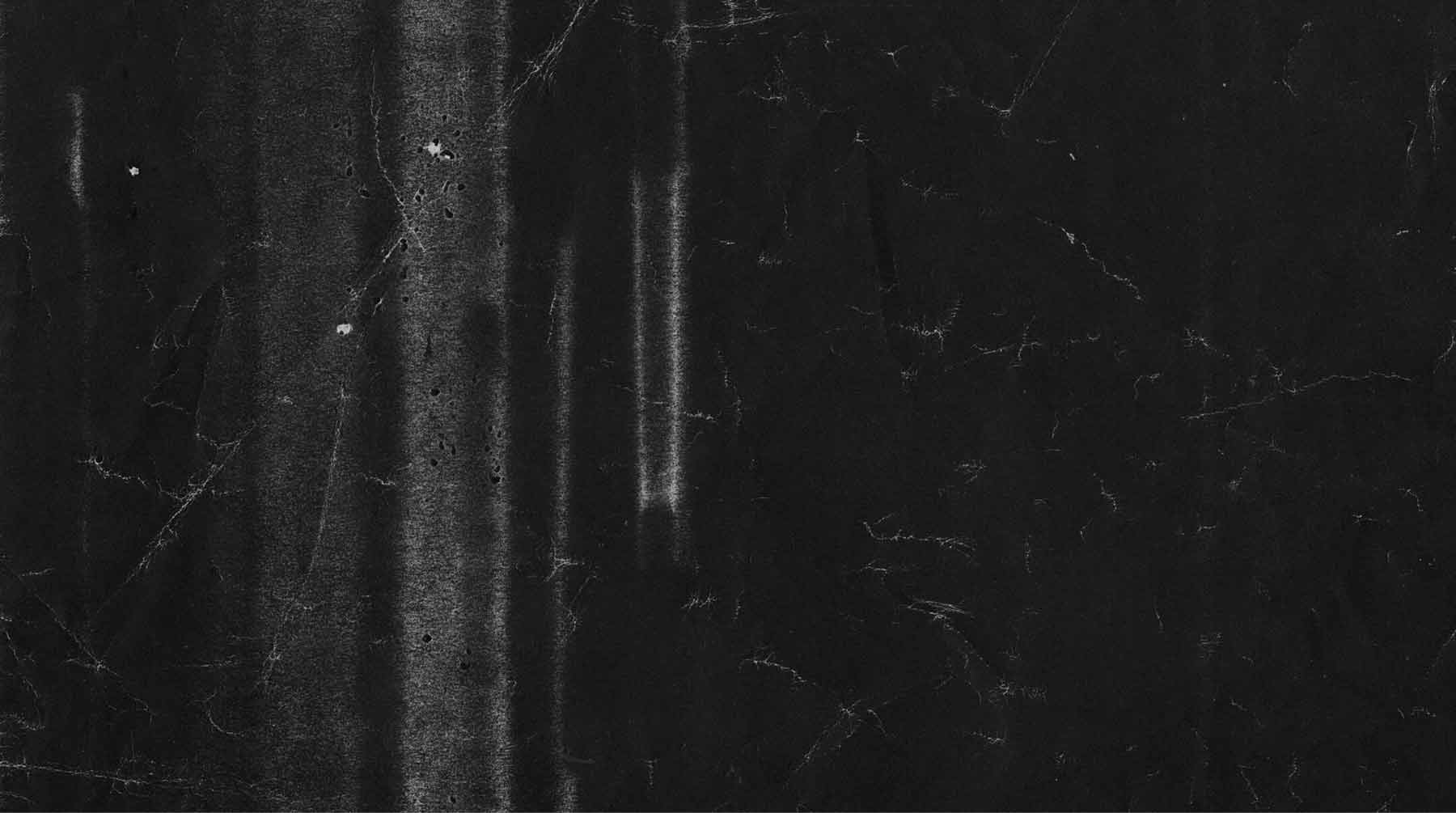
Economic inequality
More than a quarter of all adults are working poor, making less than

And the number of low-paid workers is rising.
Yet between 2017 and 2018

was created every two days.
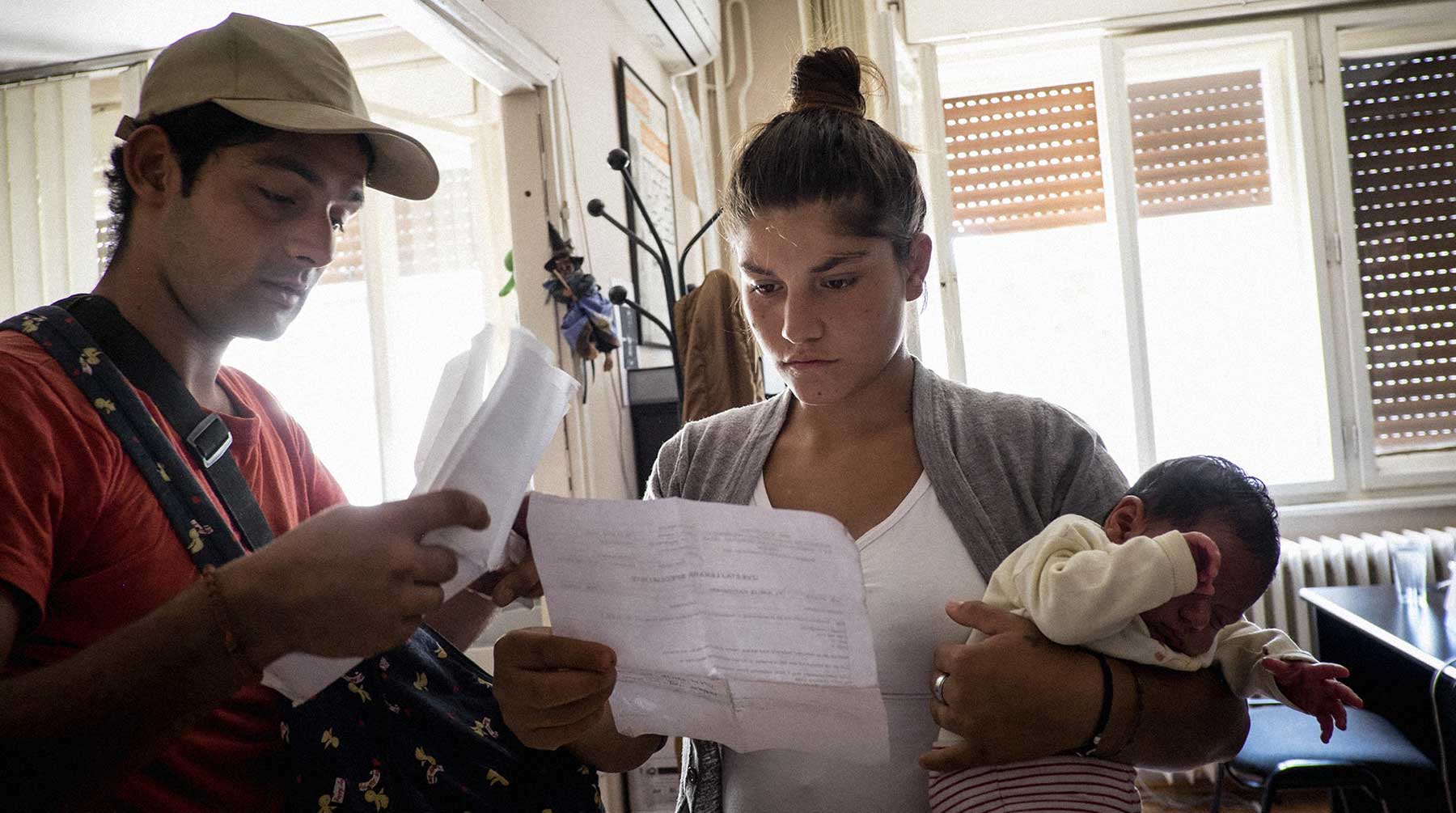
Resource
inequality
inequality
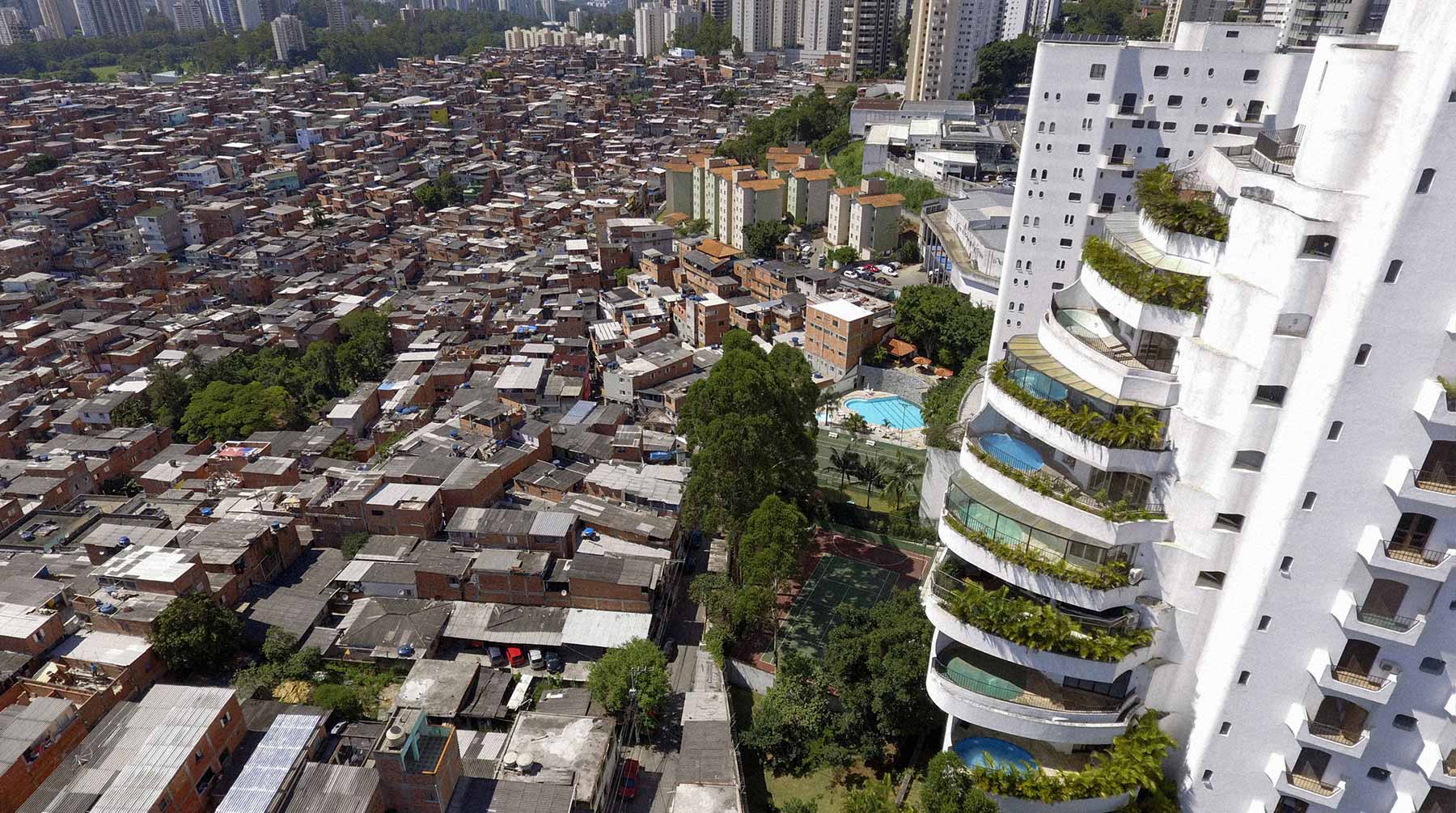
Gender
inequality
There’s also a strong gender element in play — women don’t earn as much as men, they don’t receive the same levels of education, are more likely to be unemployed, and are too often locked out of economic and political leadership.
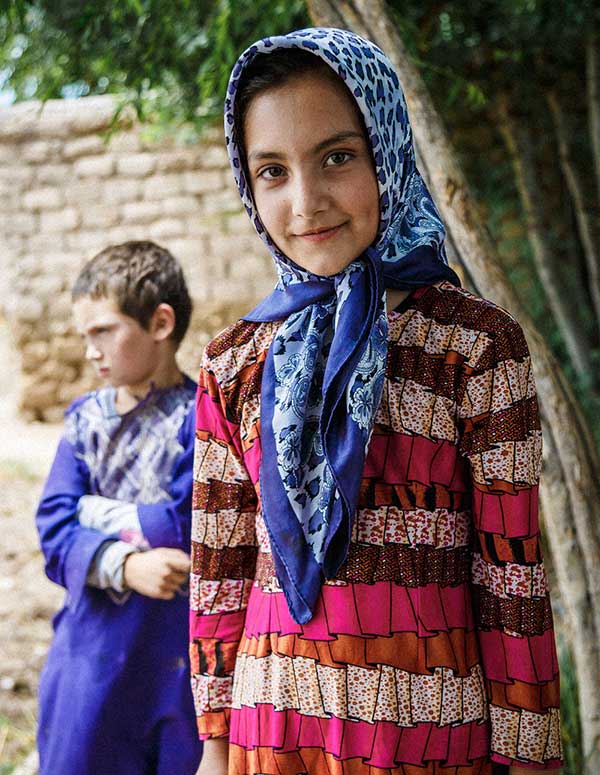
Where women do lead men is in the amount of unpaid work they do -
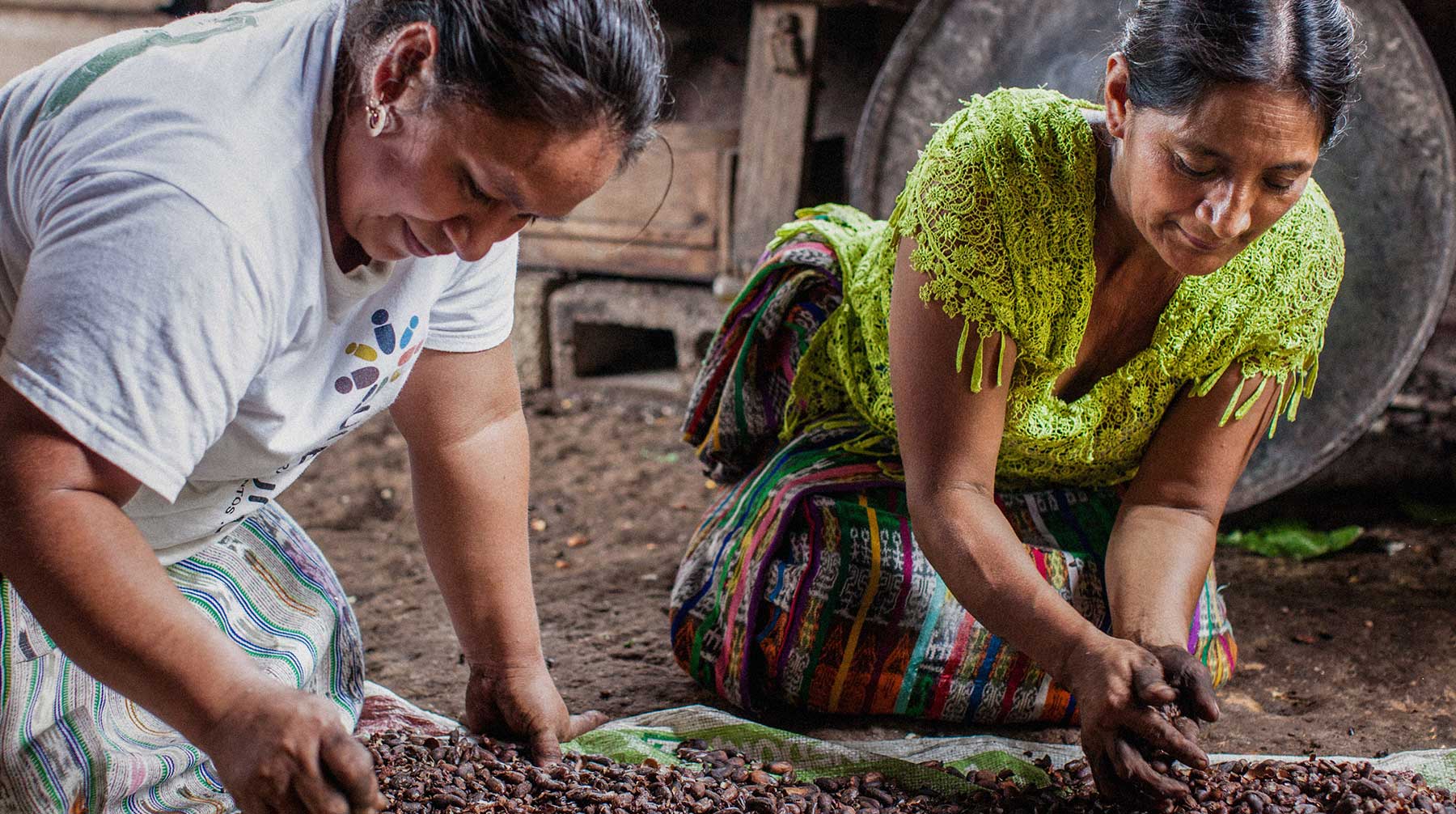
The UN estimates this work is worth between 10 to 39 percent of a country’s Gross Domestic Product.
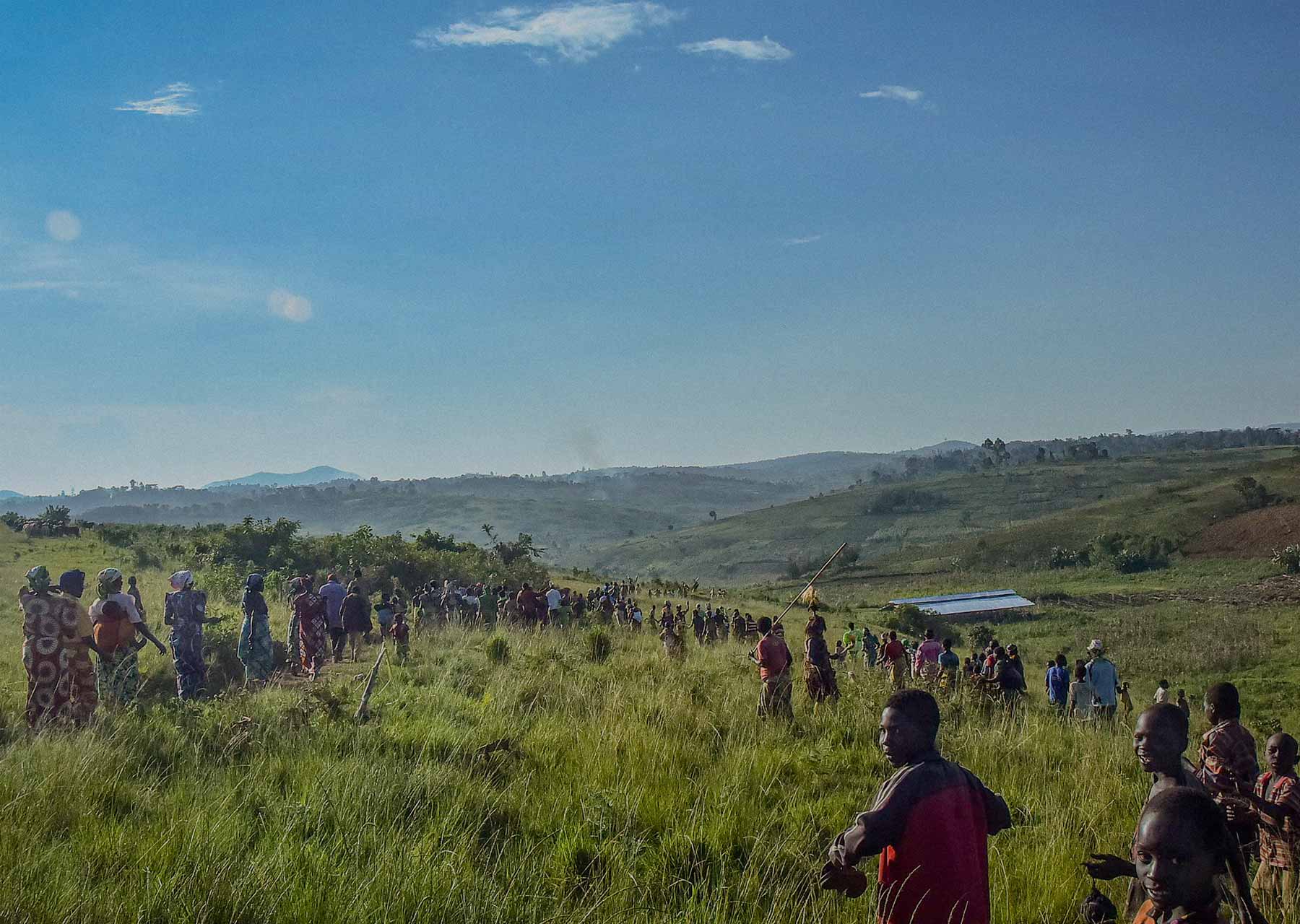

A global
challenge


